Cationic surfactant type antimicrobial agent"CATION DMS-75E"
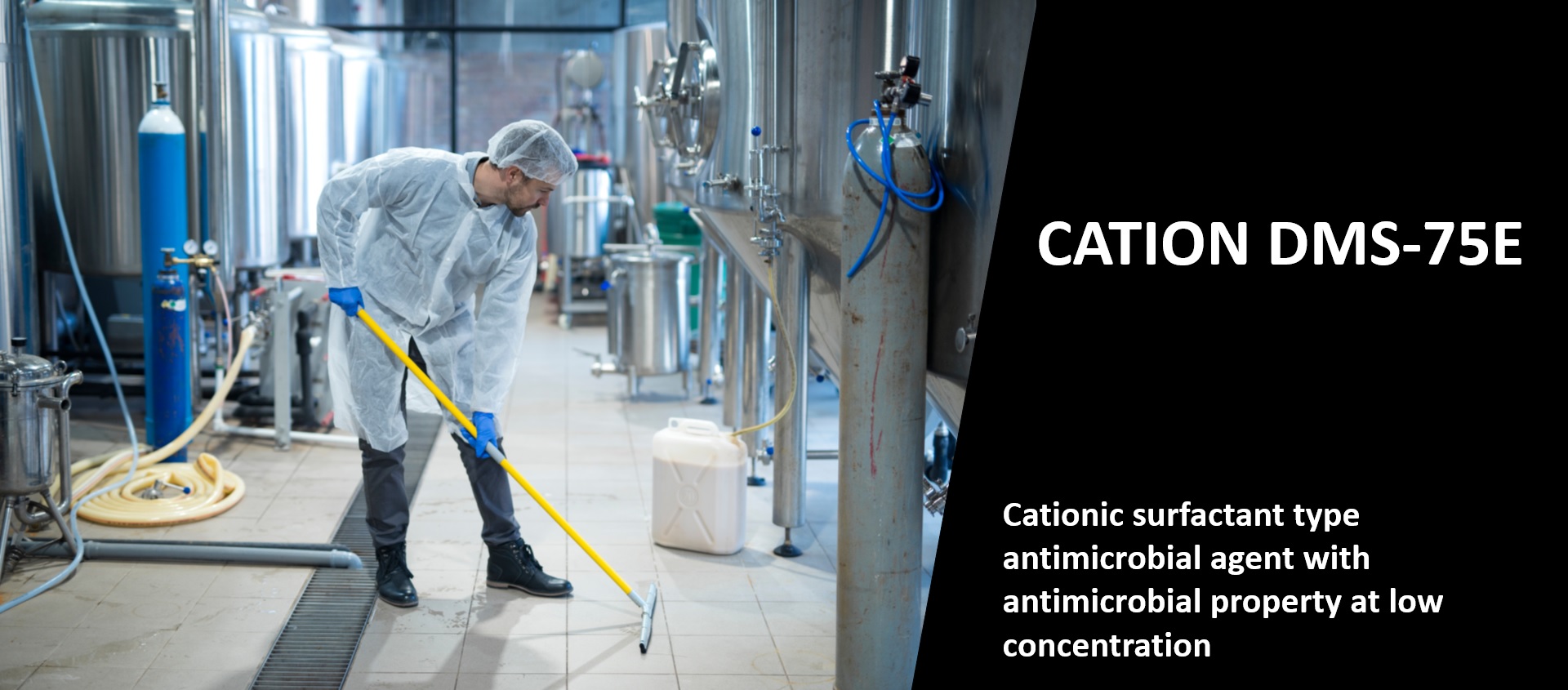
Cationic surfactant-type industrial antimicrobial agent that is not subject to the Japanese Poisonous and Deleterious Substance Control Law.
What's great about "CATION DMS-75E"
1
Antimicrobial activity at low concentration
Even at low concentrations, it inhibits the growth of Pseudomonas aeruginosa, Escherichia coli, Staphylococcus aureus, and black mold, etc.
2
Not subject to the Japanese Poisonous and Deleterious Substance Control Law.
“CATION DMS-75E” is an industrial antimicrobial agent that is not subject to the Japanese Poisonous and Deleterious Substance Control Law.
"CATION DMS-75E" contains didecyldimethylammonium methylsulfate as its active ingredient.
It is a cationic surfactant-type antimicrobial agent.
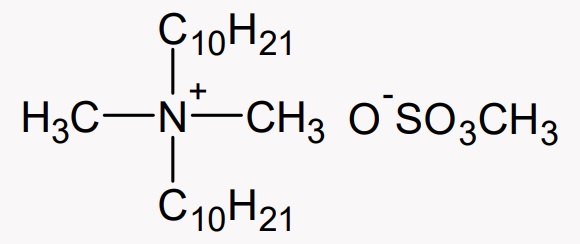
| Appearance | Colorless to pale yellow liquid |
|---|---|
| Active ingredient | Approx. 75% by mass (except for the active ingredient, which is about 17% by mass of water, about 7% by mass of ethanol, and about 1% by mass of isopropanol) |
| pH | 約 7.0 (1 mass% aqueous dilution) |
Application examples
It is suitable for applications such as sterilization in food processing plants and public facilities, slime control in cooling water, antimicrobial treatment of textiles, antifungal treatment of paints, and wood preservation.
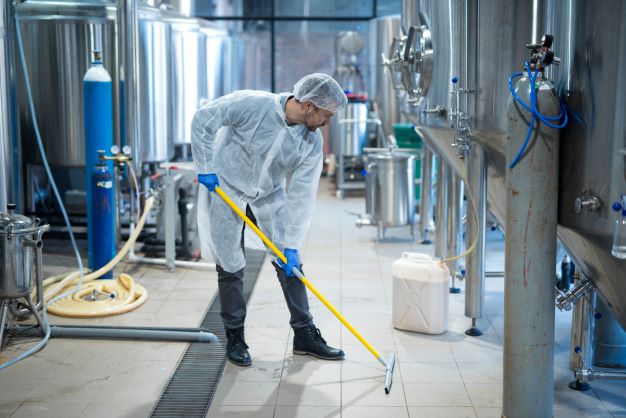
Sterilization in food processing plants
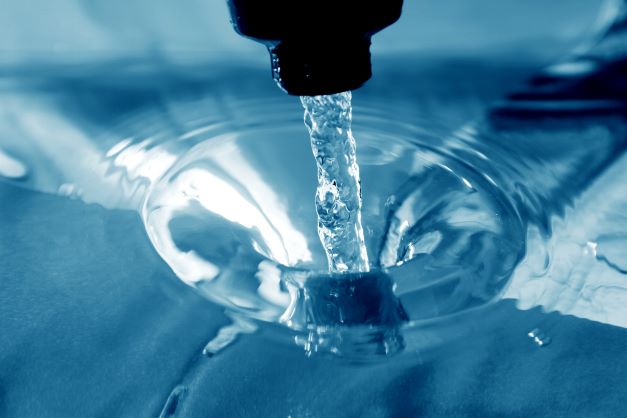
Slime control for cooling water, etc.
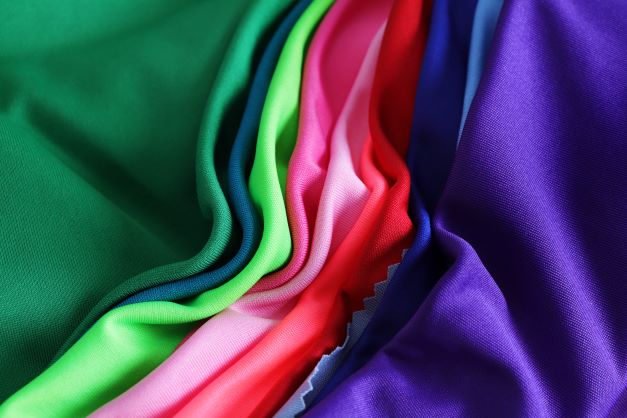
Antimicrobial treatment of fibers

Paint Mildew Prevention

Wood preservation
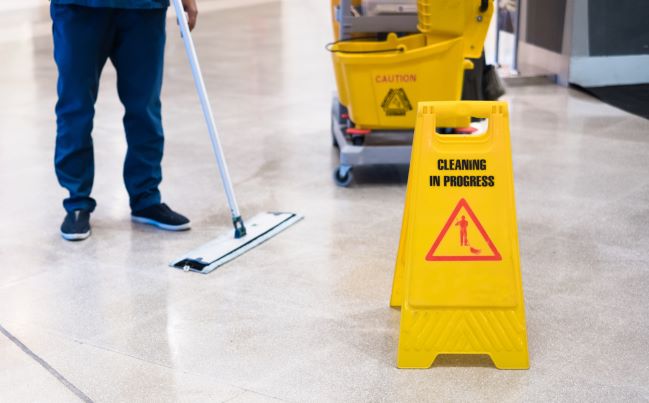
Sterilization in public facilities
Performance test
Minimum inhibitory concentration (MIC) against bacteria and fungi
The minimum inhibitory concentration (MIC) of "CATION DMS-75E" against bacteria and fungi is shown in the table below. Please note that these data are measured values for a single product, and values may change when other ingredients are combined.
Minimum inhibitory concentration (MIC, our measured value) against bacteria and fungi
| Bacterial strain | MIC mass ppm (active ingredient) | |
|---|---|---|
| CATION DMS-75E | (Comparative example) Didecyl chloride dimethylammonium chloride | |
| Pseudomonas aeruginosa | 25 | 25 |
| Escherichia coli | 6.3 | 6.3 |
| Staphylococcus aureus | 0.8 | 0.4 |
| Aspergillus niger (black mold) | 6.3 | 6.3 |
Test Method
The minimum growth inhibition concentration test method described in the Handbook of Bacteria and Mold Prevention (Gihoudo Shuppan Co., Ltd.) was followed.
Medium: Normal bouillon liquid medium (for bacteria)
GP liquid medium (for fungi)
Inoculum solution: Approximately 106 CFU/mL
Compatibility with water
Water only
When mixed with water only, "CATION DMS-75E" may thicken, separate into two layers, or become cloudy, depending on the blending ratio.
Compatibility of CATION DMS-75E with water (water only)
| CATION DMS-75E/water ratio (mass ratio) | Appearance of formulation (25°C) |
|---|---|
| 85/15 | Clear liquid |
| 80/20 | Transparent liquid (two-layer separation) |
| 60/40 | Transparent liquid (two-layer separation) |
| 40/60 | Transparent liquid (two-layer separation) |
| 30/70 | Clear viscous liquid |
| 10/90 | Clear viscous liquid |
| 5/95 | Murky-liquid |
| 1/99 | Murky-liquid |
Test Method
"CATION DMS-75E" and water were blended in the ratios listed in the table above, and the appearance was visually observed after one day of standing at 25°C.
Use with other agents
As mentioned above, "CATION DMS-75E" is not water soluble by itself, but can be blended with nonionic surfactants and other agents to form a clear liquid.
Compatibility of "CATION DMS-75E" with water when used with other agents
| Agent | Appearance of formulation (25°C) | ||
|---|---|---|---|
| other agent 5% addition | other agent 10% addition | other agent 15% addition | |
| propylene glycol | Clear viscous liquid | Clear viscous liquid | Turbid-liquid |
| dipropylene glycol | Clear viscous liquid | Clear liquid state | Clear liquid state |
| glycerin | Transparent gelatinous liquid | Transparent gelatinous liquid | Transparent gelatinous liquid |
| PEG-200 *1 | Transparent gelatinous liquid | Clear viscous liquid | Clear viscous liquid |
| NEWPOL PP-1000 *2 | Turbid-liquid | Clear liquid state | Clear liquid state |
| SANNONIC FN-80 *3 | Transparent liquid (two-layer separation) | Clear liquid state | Clear liquid state |
| SANNONIC FN-140 *4 | Transparent liquid (two-layer separation) | Clear liquid state | Clear liquid state |
| NAROACTY CL-100 *5 | Transparent liquid (two-layer separation) | Clear liquid state | Clear liquid state |
| IONET T-20C *6 | Transparent liquid (two-layer separation) | Clear liquid state | Clear liquid state |
| IONET MO-400 *7 | Transparent liquid (two-layer separation) | Clear liquid state | Clear liquid state |
Test method
The following formulas were blended, stirred and mixed at 25°C, and the appearance was visually observed after one day of standing.
CATION DMS-75E: 13.3% by mass
Other agents listed in the table above: 5 to 15% by mass (blended amounts listed in the table above)
Water: Remaining amount
------------------------------------------------------------------
Total 100
Usage
Usage
For diluted use
Depending on the purpose and conditions of use, dilute the product with tap water so that the concentration of the active ingredient is several mass ppm to several thousand mass ppm.
When blending with other agents to produce sanitizing detergents, etc.
Please check the conditions of blending with other ingredients, antimicrobial efficacy, and stability of blending before use.
For long-term storage
White precipitates may occur after long-term storage, but this is due to salt precipitation and does not affect the performance of the product. It will dissolve when mixed with water or other ingredients.
Precautions against misuse
“CATION DMS-75E” is a cationic surfactant and may not perform as expected if combined with anionic agents such as soap or anionic surfactants. Do not use in combination with anionic agents.
Please be sure to read the "Safety Data Sheet" (SDS) for each product and sub-material (chemical) before handling the products listed on this website. The SDS can be obtained from here. https://www.sanyo-chemical.co.jp/products/en/sds/
Practical example
Examples of formulations of sanitizing detergents are shown below.
Formulation Example
| Formulation example (mass%) | Main properties |
|---|---|
| ① CATION DMS-75E: 10% | Appearance: Clear liquid pH:7.0 |
| ② CATION G-50 *1 : 5% | |
| ③ SANNONIC FN-80 *2: 5% | |
| ④ Purified water: 80% |
*1 Benzalkonium chloride, 50 % aqueous solution, manufactured by Sanyo Chemical
*2 Polyoxyalkylene alkyl ether, manufactured by Sanyo Chemical
Mixing Method
Put in (4), (2), (1), and (3) in the table above in this order, and stir until uniform.
Related Information
Related Products
-
Links to Sanyo Chemical's corporate site
This page has been prepared solely for information purposes.
Sanyo Chemical Industries, Ltd. extends no warranties and makes no representations as to the accuracy or completeness of the information contained herein, and assumes no responsibility regarding the suitability of this information for any intended purposes or for any consequences of using this information.
Any product information in this brochure is without obligation and commitment, and is subject to change at any time without prior notice.
Consequently anyone acting on information contained in this brochure does so entirely at his/her own risk.In particular, final determination of suitability of any material described in this brochure, including patent liability for intended applications, is the sole responsibility of the user. Such materials may present unknown health hazards and should be used with caution. Although certain hazards may be described in this brochure, Sanyo Chemical Industries, Ltd. cannot guarantee that these are the only hazards that exist.





